
Financial Market (Part 7)
Understand the basics with our interactive market course.
Used Margin Explained
Margin, also known as used margin, is the amount of your funds that gets locked when you open a trade and remains reserved until the position is closed.
The exact amount of margin depends on the instrument being traded, the size of the position, and the level of leverage used.
Use the following formulas to calculate it:
Trade size in units ÷ Leverage = Margin in base currency.
Trade size in units ÷ Leverage) × Exchange rate = Margin in quote currency.
The ‘Margin’ value shown in your trading account reflects the total used margin across all open positions.
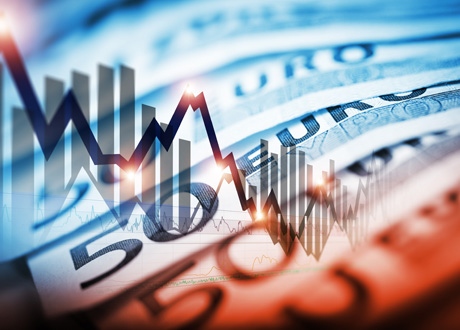
How leverage affects margin
Now let's see how leverage affects margin. The amount of margin required is directly influenced by the level of leverage:
- Higher leverage → Less margin needed
- Lower leverage → More margin required
For example, to buy one standard lot (€100,000) of EUR/USD with leverage 1:1, your account must hold the full €100,000.
Now, let’s calculate using 1:30 leverage:
100,000 ÷ 30 = €3,333.33
If your account is in USD and the EUR/USD rate is 1.11413:
100,000 ÷ 30 × 1.11413 = $3,713.77
Review the ‘Lots and Leverage’ lesson to better understand the risks and mechanics of using leverage.
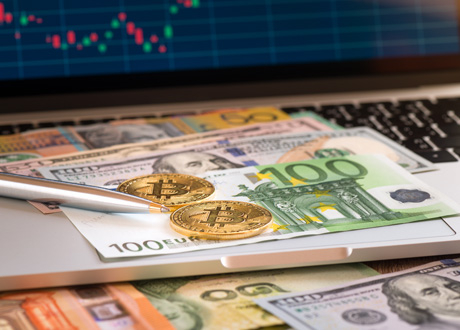
Leverage levels
Different assets come with fixed maximum leverage levels.
To find the required margin, use this formula:
Trade size in units ÷ Leverage × Market Price = Margin (in base currency)
Example: Calculating margin for 1 lot of Gold (100 oz), with a price of $1511.73 and 1:20 leverage:
100 ÷ 20 × 1511.73 = $7,558.65
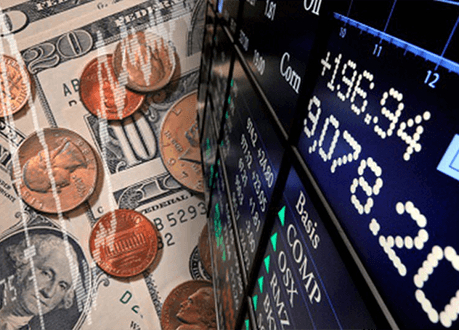
Free Margin
Here are a few basic terms, which are crucial to know.
‘Free Margin’ is the amount available in your account to open new trades or to withdraw.
It’s the amount of your funds not tied up in securing open positions.
Formula:
Equity − Used Margin = Free Margin
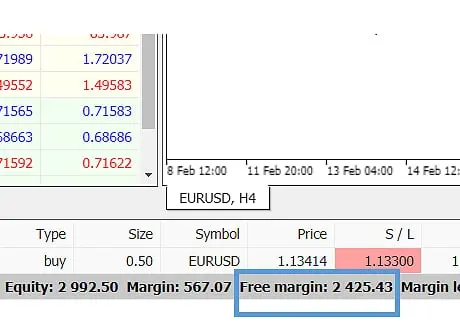
Equity
‘Equity’ is the current value of your trading account, which includes your account balance plus or minus any unrealised profit or loss from open positions.
When you close a trade, the unrealised PnL is added to or subtracted from your balance.
If you have open positions, your equity will fluctuate while your balance stays unchanged. When no trades are open, equity and balance will match.
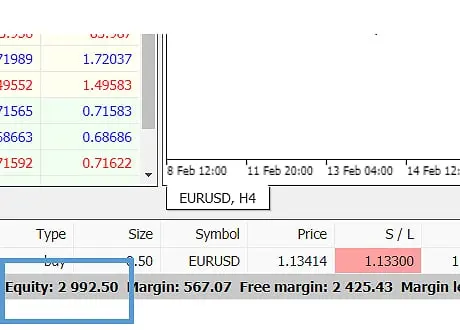
Margin Level
‘Margin Level’ shows the ratio of your equity compared to the used margin and is expressed as a percentage.
Formula:
Equity ÷ Used Margin × 100
If your margin level drops to 100% or below, all your equity is being used to support open trades. At this point, no new positions can be opened, and your ‘free margin’ becomes negative.
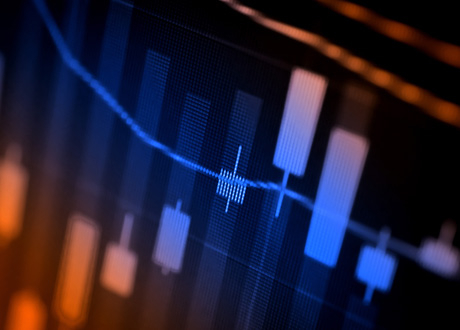
Stop Out
A ‘Stop Out’ is the automatic closure of open positions when your equity falls below a certain level. This level is set by the platform (check the platform comparison table for details).
Let’s look at an example: With a Stop Out level of 50% and used margin of €1000, positions will begin closing if your equity falls to €500.
Stop Outs are designed to protect your account balance from going negative. However, in volatile markets or during price gaps, losses beyond your deposit are still possible.
Atmexx provides negative balance protection, ensuring you can't lose more than you've deposited. Please read our Order Execution Policy for more information.
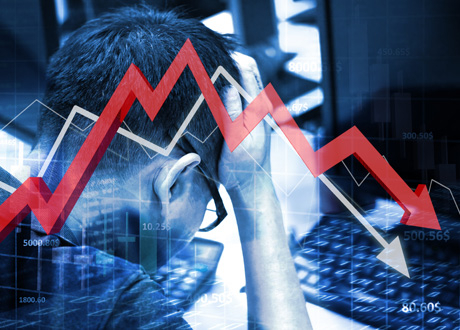
Quick recap
- Margin - funds needed to open a trade.
- Free Margin - unused funds available for new trades.
- Equity - your account balance plus unrealised PnL.
- Margin Level - equity expressed as a % of used margin.
Stop Out - refers to the automatic closing of trades when your account margin level hits a certain point, helping to prevent additional financial loss.

Risk Warning: Before you start trading with leverage, ensure that you understand the associated risks and possess a sufficient level of knowledge
We do not serve customers from the USA and Iran



.svg)